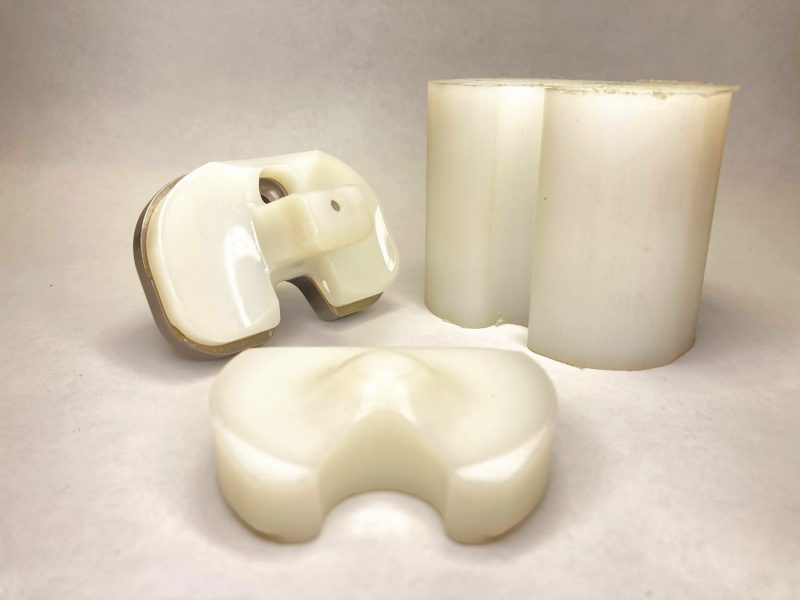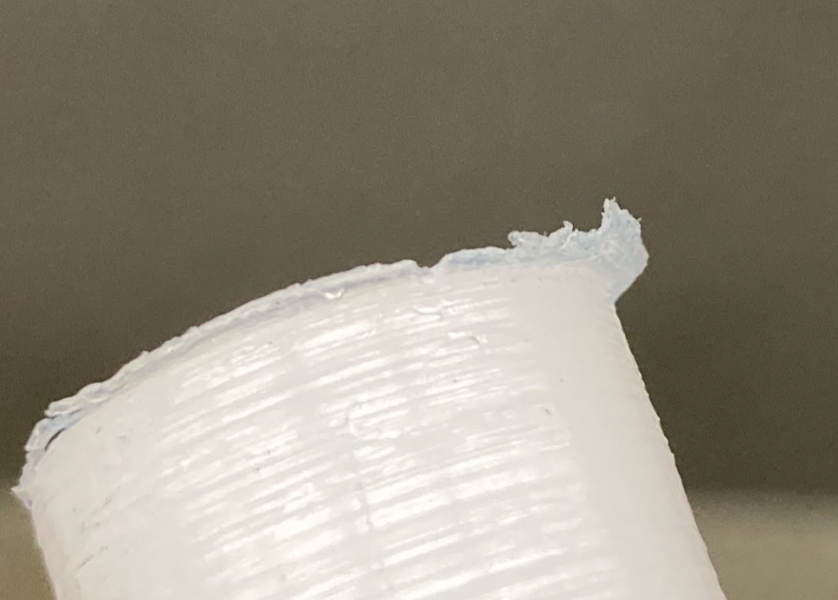Machining plastics can be challenging due to their unique properties and behavior during the machining process. Some of the challenges include:

- Cutter Selection: Selecting the right cutter is essential when machining plastics. Unlike metals, plastics tend to melt and gum up when they come into contact with high-speed cutters, which can result in poor surface finishes and tool breakage. Thus, using cutters with a high rake angle, sharp cutting edges, and polished flutes can help reduce heat generation, friction, and chip buildup during machining. Carbide or diamond-coated cutters are typically used for machining plastics due to their high hardness and wear resistance.
- Coolant Selection: Selecting the right coolant is crucial when machining plastics. Most plastics are hygroscopic, meaning they absorb moisture from the environment, which can lead to thermal expansion and cracking during machining. Therefore, it is essential to use coolants that are water-free and have a low surface tension to prevent the coolant from penetrating the material and causing cracking. Dry machining or using air blowers is also an alternative option to prevent moisture absorption during machining.
- Hygroscopic nature: Many plastics are hygroscopic, meaning they absorb moisture from the surrounding environment. This can lead to changes in the material’s dimensions and properties, which can affect the accuracy of the finished part. It is essential to store and handle plastic materials correctly to prevent moisture absorption, and pre-drying the material before machining can also help minimize the risk of moisture-related problems.
- Tool wear: Plastics are generally softer than metals, which means that the tool can wear out faster during machining. Therefore, it is essential to monitor the tool wear during the machining process and replace the tool before it becomes too dull.
- Chip control: Unlike metal chips, plastic chips tend to be long and stringy, which can clog the cutting tool and cause damage. Therefore, it is essential to have proper chip evacuation systems in place to prevent chip buildup and ensure proper chip control during the machining process.

Burr formation is often more of a problem when machining plastics than when machining other materials due to the unique properties of plastic materials. Plastics are generally softer, more ductile, and less rigid than metals or other materials, which makes them more prone to deformation during machining. The plastic material may deform and flow during cutting, causing a raised edge or lip to form along the edge of the cut surface. This raised edge can be difficult to remove and may interfere with the functionality of the finished product. Additionally, plastic materials are often used in products where aesthetics are important, and the presence of burrs can detract from the visual appeal of the finished product. Therefore, minimizing burr formation is critical when machining plastics to ensure that the finished product meets the desired functional and aesthetic requirements.
Overall, machining plastics require careful consideration of the material’s unique properties and behavior during the machining process. By selecting the right tools, coolant, and handling techniques, it is possible to achieve accurate and high-quality finished parts.
